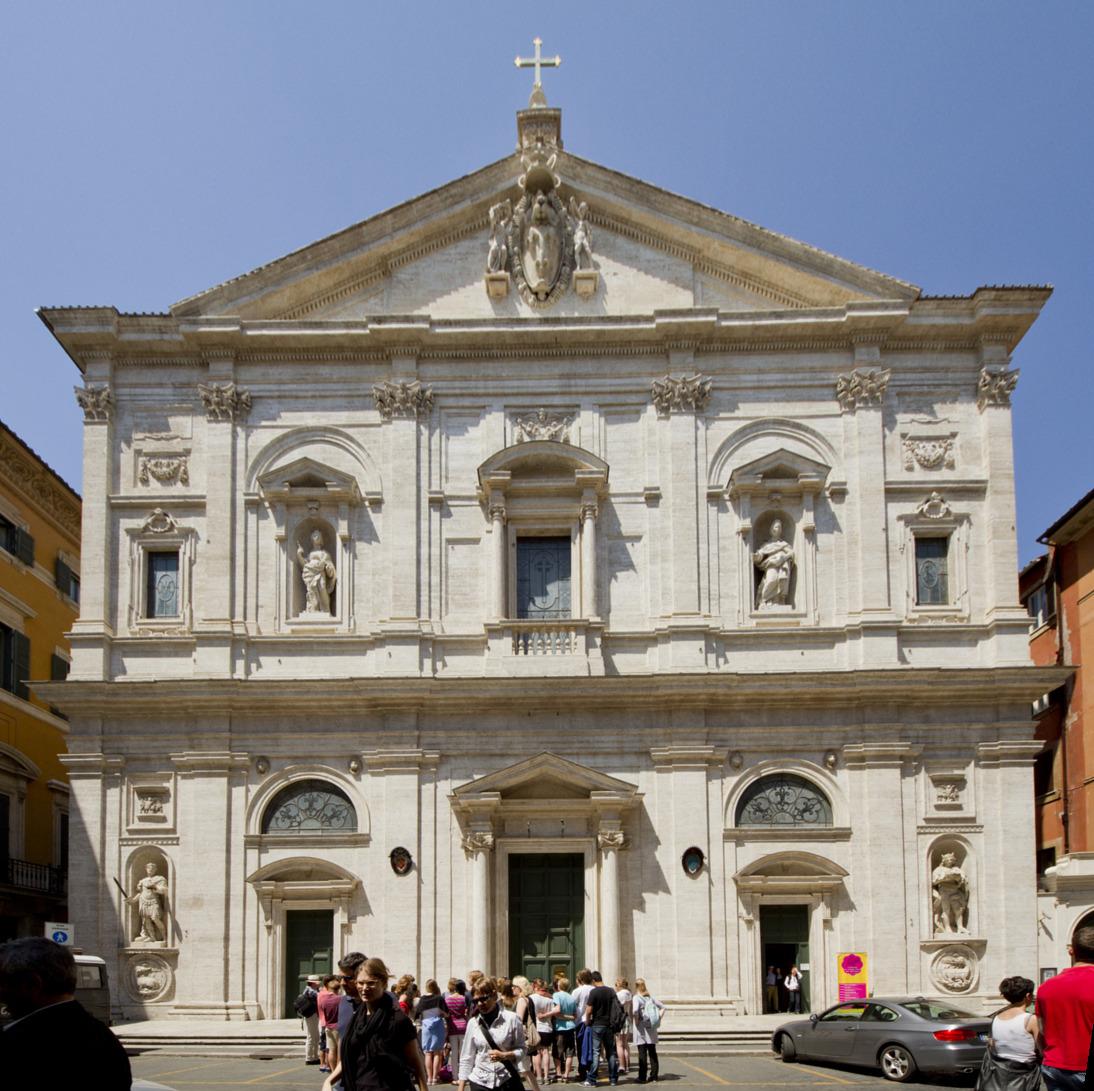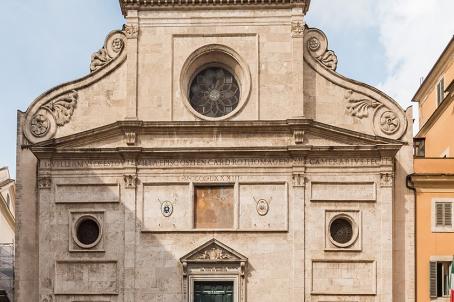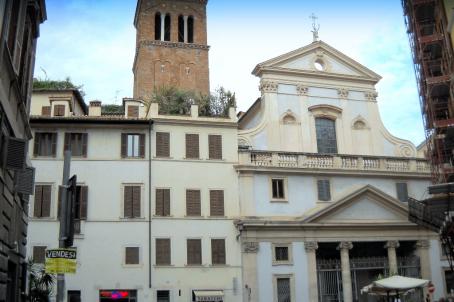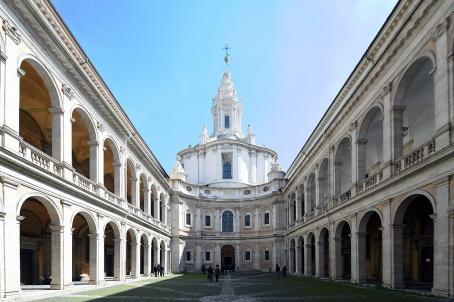Church of San Luigi dei Francesi
The church of San Luigi dei Francesi was built between 1518 and 1589 by the French community of Rome. The work was carried out by Domenico Fontana on a project by Giacomo Della Porta, and thanks to the donations of Catherine de' Medici (1519-1589). Between 1749 and 1764 the interior was renovated under the project of the French architect Antoine Dérizet.






